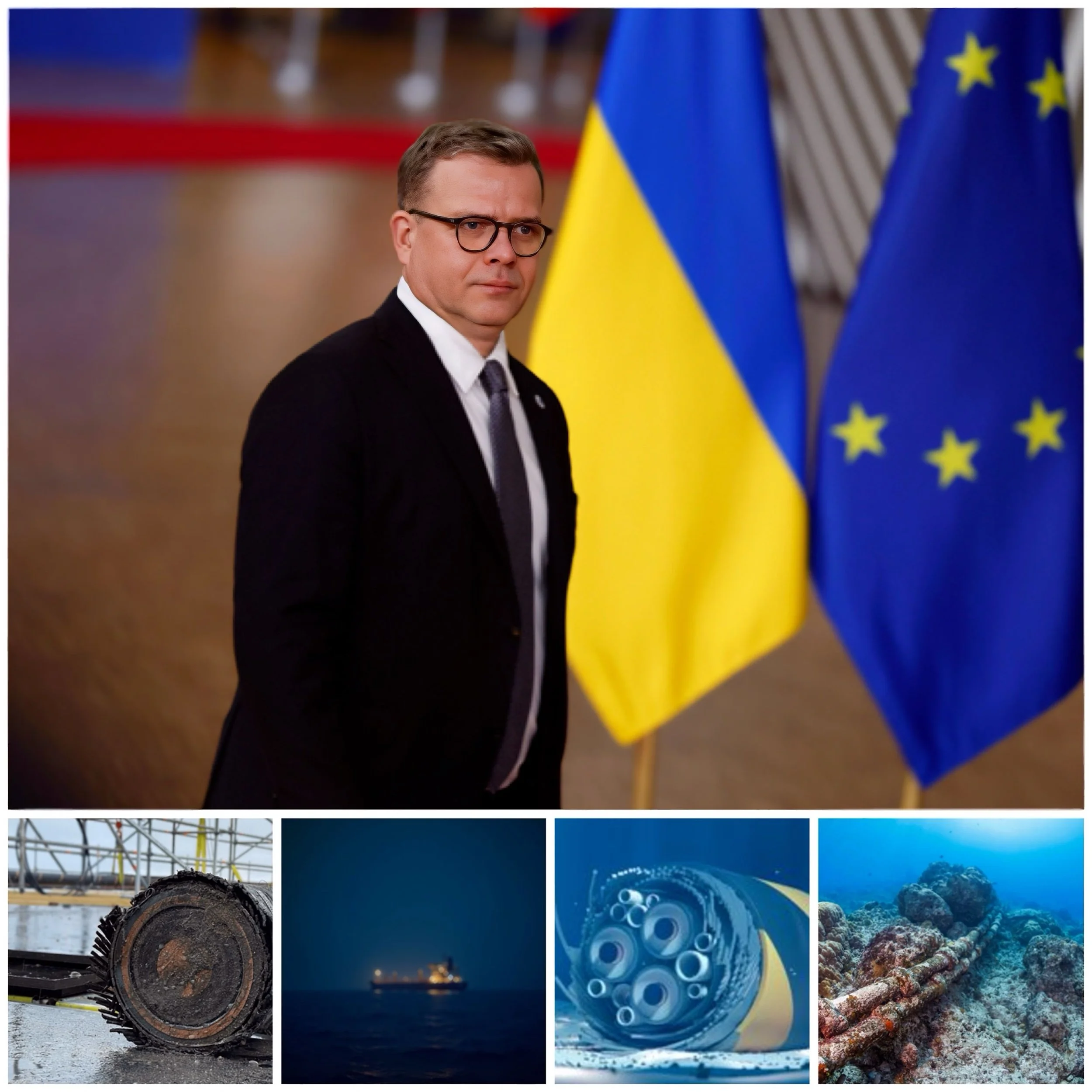Undersea power cable linking Finland and Estonia hit by outage - investigation
Introduction
On Christmas Day 2024, an undersea power cable connecting Finland and Estonia experienced an unexpected outage, prompting an investigation by Finnish authorities.
The incident occurred at approximately 12:26 PM local time (10:26 AM GMT), affecting the Estlink 2 interconnector.
Details of the Incident
The Estlink 2 cable, with a capacity of 658 megawatts, is one of two power interconnectors between Finland and Estonia. The outage reduced the available capacity between the two countries from 1,106 megawatts to 358 megawatts, leaving only the smaller Estlink 1 cable operational.
Finnish Prime Minister Petteri Orpo assured citizens that the disruption did not affect Finland’s electricity supply. Similarly, Estonia reported no power loss to its citizens, stating they had sufficient spare capacity to meet power needs.
Investigation and Concerns
Authorities in both Finland and Estonia have launched investigations into the incident:
Finnish police, in cooperation with the Border Guard and other authorities, are examining the chain of events.
The possibility of sabotage has not been ruled out, according to Arto Pahkin, head of operations at Fingrid, Finland’s national electricity transmission operator.
This outage is the latest in a series of incidents involving critical infrastructure in the Baltic Sea region, raising concerns about potential sabotage:
In October 2023, an undersea gas pipeline between Finland and Estonia was damaged by a Chinese cargo ship’s anchor.
In November 2024, two telecom cables linking Sweden and Denmark were cut, with suspicions falling on a Chinese vessel.
In Mid November there was damage to the Arelion and C-Lion 1 submarine cables
Regional Context
The Baltic Sea has been an area of heightened tension since Russia’s invasion of Ukraine in February 2022.
These incidents have put Baltic Sea nations on high alert for potential acts of sabotage, although technical malfunctions and accidents cannot be ruled out.
European officials have suggested that some of these disruptions could be linked to Russia’s ongoing conflict in Ukraine, though the Kremlin has dismissed such claims as “absurd”.
Conclusion
As investigations continue, authorities across the Baltic region remain vigilant, underscoring the vulnerability of undersea infrastructure in an area of geopolitical significance.






